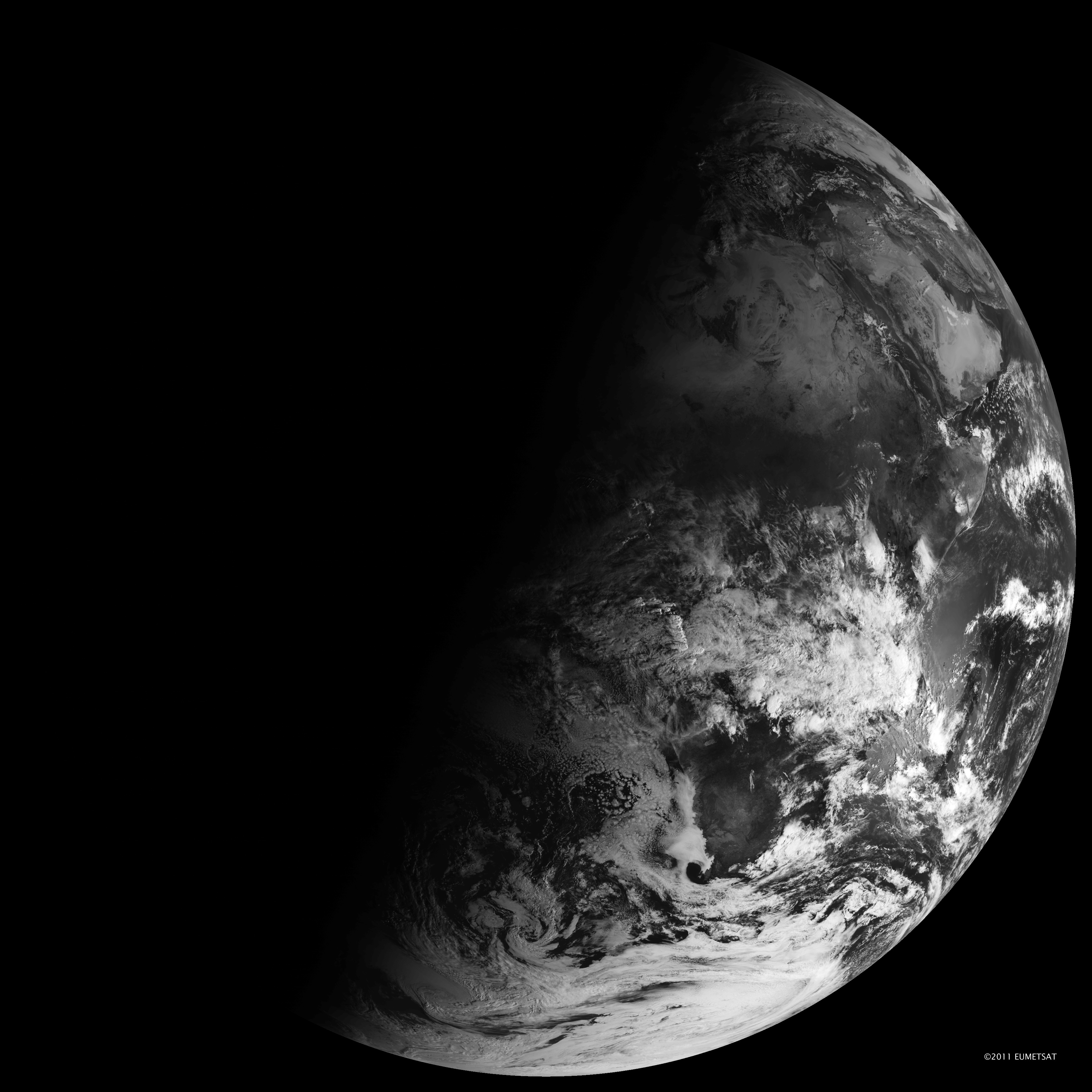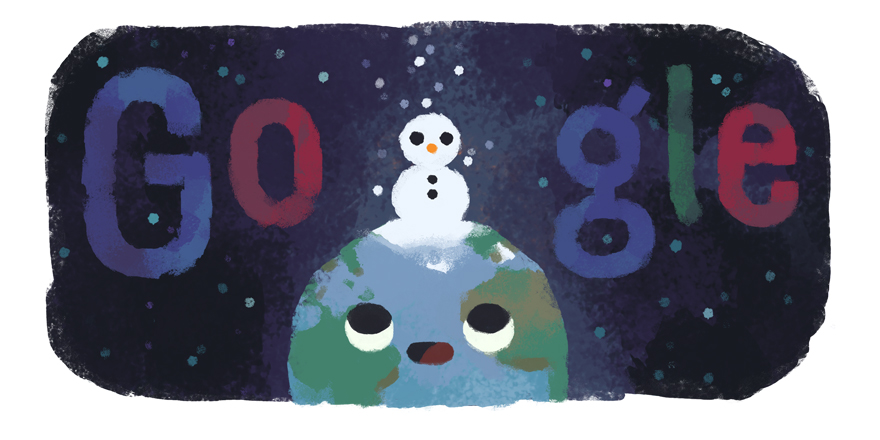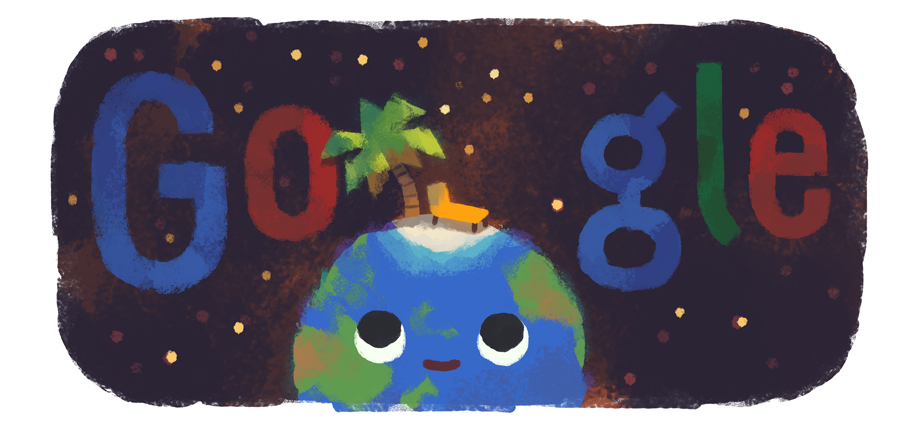Google Doodle Celebrates Last Winter Solstice of the Decade
The exact moment of solstice occurred at 11:19 p.m. EST on Dec. 21.

Earth celebrated a special occasion on Saturday night (Dec. 21) as the December solstice officially heralds celestial winter in the Northern Hemisphere. Meanwhile, the Southern Hemisphere will mark the beginning of summer. Google celebrated the seasonal milestone with an adorable Google doodle.
The exact moment of solstice occurred at 11:19 p.m. EST (0419 GMT on Dec. 22), according to the Farmer's Almanac. At this point, the sun is directly over the latitude known as the Tropic of Capricorn. This is the furthest south that the sun will ever be over Earth's surface.


Google marked the milestone with an illustration of the Earth with a snowman on top. A second doodle celebrated the start of summer in the Southern Hemisphere.
Up north, the night will be the longest it's been all year, while down south of the equator, people will have experienced their longest day of the year.
Related: December Solstice 2018! Satellites See the Seasons Change from Space
After Saturday's winter solstice, the length of daytime in the north will slowly increase. Then, when it's the northern hemisphere's turn to reach summer solstice in late June, daylight slowly shortens each day and the process begins anew. During the June solstice, the sun is as far north as it can get, sitting straight overhead at the Tropic of Cancer.
The solstices and seasonal changes are caused by the tilt of Earth's axis, which causes the hemispheres to take turns facing the sun throughout the planet's trip around the star.
Breaking space news, the latest updates on rocket launches, skywatching events and more!
It's the reason that the poles are as frigid as they are — their extreme latitudes mean that the sun can never be directly overhead.
- What Is the Summer Solstice? An Astronomer Explains
- Photos: Magnificent Views of the Nighttime Heavens in America's Dark Sky Parks
- Earth's Extreme Tilt Marks the Winter Solstice
Follow Doris Elin Urrutia on Twitter @salazar_elin. Follow us on Twitter @Spacedotcom and on Facebook.


Doris is a science journalist and Space.com contributor. She received a B.A. in Sociology and Communications at Fordham University in New York City. Her first work was published in collaboration with London Mining Network, where her love of science writing was born. Her passion for astronomy started as a kid when she helped her sister build a model solar system in the Bronx. She got her first shot at astronomy writing as a Space.com editorial intern and continues to write about all things cosmic for the website. Doris has also written about microscopic plant life for Scientific American’s website and about whale calls for their print magazine. She has also written about ancient humans for Inverse, with stories ranging from how to recreate Pompeii’s cuisine to how to map the Polynesian expansion through genomics. She currently shares her home with two rabbits. Follow her on twitter at @salazar_elin.
